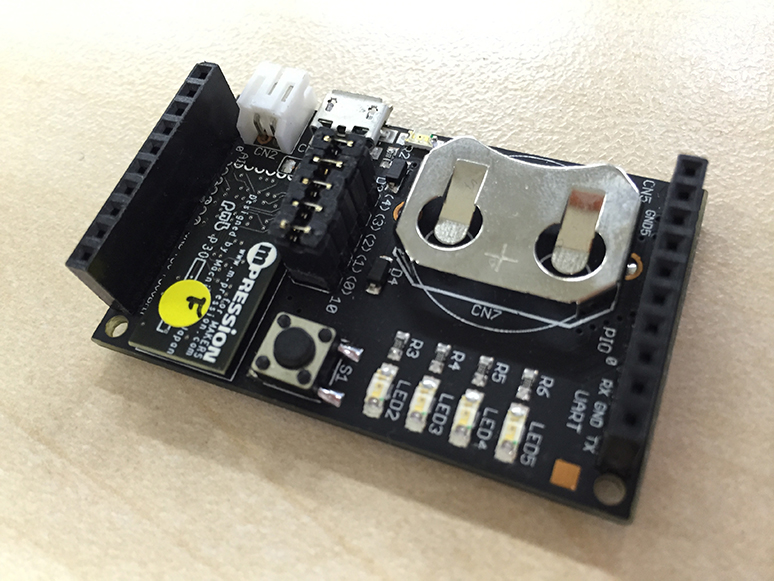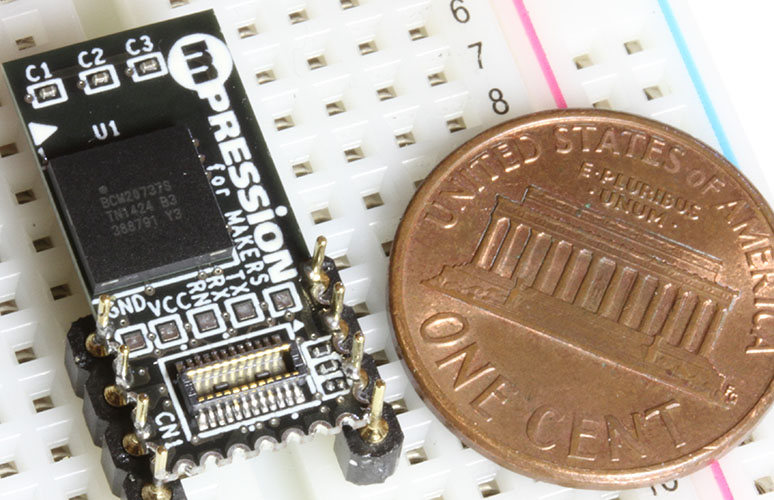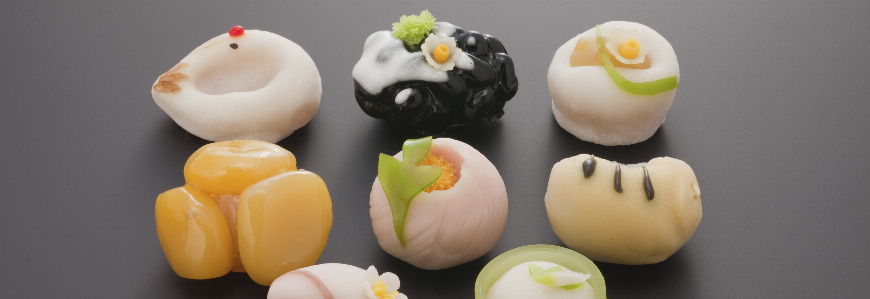What are konashi and Koshian?
This time, I would like to introduce the origin of the names konashi and Koshian.
“Konashi” was originally made by mixing wheat flour with white strained bean paste, steaming it, and adding sugar to sweeten it.
"Konashi" comes from the process of "collecting the steamed ingredients and adding sugar and syrup to adjust the firmness while kneading." Furthermore, it is colored and molded into various shapes to make namagashi.
In other words, “Konashi” is the raw material that transforms into various Japanese sweets, and it is not an ingredient but an intermediate processed product, so to speak, a module.
yes, konashi
It is a module that transforms into various devices based on your ideas.
And Koshian
It is the main ingredient that is indispensable for making konashi.
Moreover, "konashi" and "Koshian" are anagrams!
did you notice?
konashi

konashi is a physical computing toolkit for iPhone/iPad developed by Yukai Engineering Co., Ltd. It provides a development environment that allows easy access to hardware from iOS, and can be used as a tool for software engineers, designers, and artists to easily perform prototyping without developing firmware on the microcomputer side. Objective-C and Javascript are used as development languages, making it easy for iOS engineers and web engineers to get used to. In addition, since Koshian™ is installed as a Bluetooth module, it is possible to rewrite the firmware.
Koshian

Koshian – Bluetooth Smart® Module is a Konashi2.0 compatible ultra-small BLE module developed by Macnica, which uses Cypress’s WICED SMART BLE SiP module BCM20737S mounted on a board. Koshian is equipped with firmware compatible with the Konashi2.0 API, so even if you don’t have any knowledge of Bluetooth, you can develop a program that easily accesses the hardware interfaces of Koshian (A/D, UART, I2C, PWM, GPIO) from an iOS device via Bluetooth wireless communication.
In addition, the Koshian board has end through-holes, so you can mount the Koshian to a breakout board by soldering pin headers. The end through-hole pitch is narrow at 1.27mm, so soldering is a bit difficult. Be careful not to bridge the solder and connect adjacent pads.

